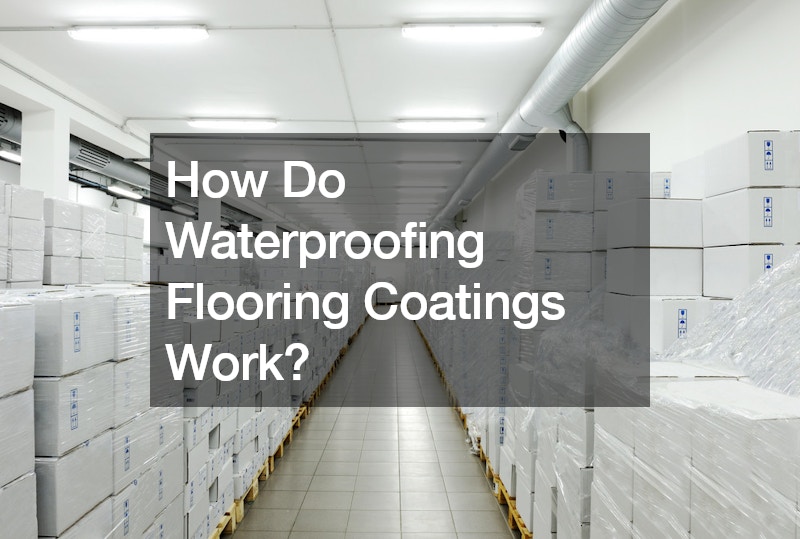

Waterproofing flooring coatings are designed to create a protective barrier on surfaces, preventing water from seeping through and causing damage. These coatings work by forming a seamless and impermeable layer over the substrate, effectively sealing it against moisture intrusion. Typically, waterproofing flooring coatings consist of specialized formulations containing polymers, resins, and other additives that enhance their durability and water resistance. When applied to a prepared surface, such as concrete, wood, or tile, these coatings bond tightly, creating a watertight seal that prevents water penetration.
The application process involves thoroughly cleaning and preparing the substrate to ensure proper adhesion and uniform coverage of the coating. Once the surface is clean and dry, the waterproofing coating is applied using various methods, such as rolling, spraying, or brushing, depending on the product’s characteristics and the surface type. Once applied, the coating cures to form a tough and flexible membrane that can withstand water exposure, foot traffic, and other environmental stresses. This protective layer effectively seals the surface, preventing water, moisture, and even chemicals from penetrating and causing damage.
In addition to waterproofing properties, many flooring coatings also offer other benefits, such as slip resistance, UV resistance, and easy maintenance. By creating a waterproof barrier, these coatings help prolong the lifespan of the underlying substrate and protect it from deterioration, ensuring long-lasting performance and durability for various indoor and outdoor applications.



